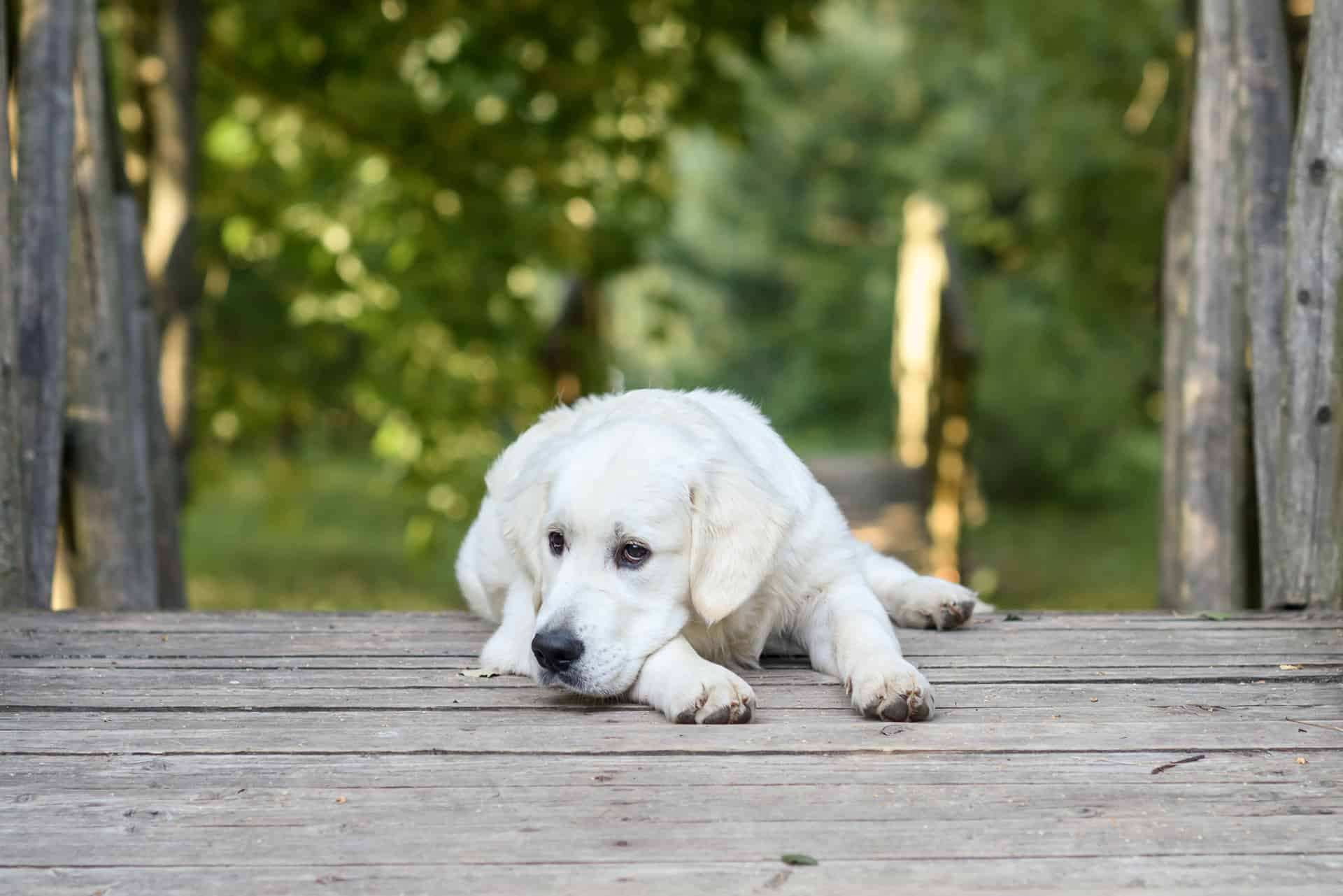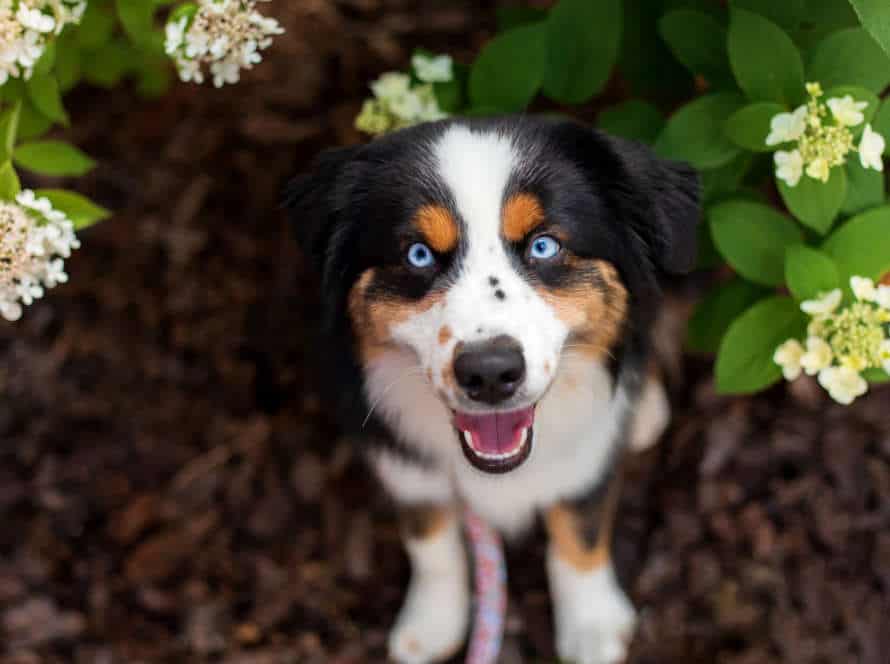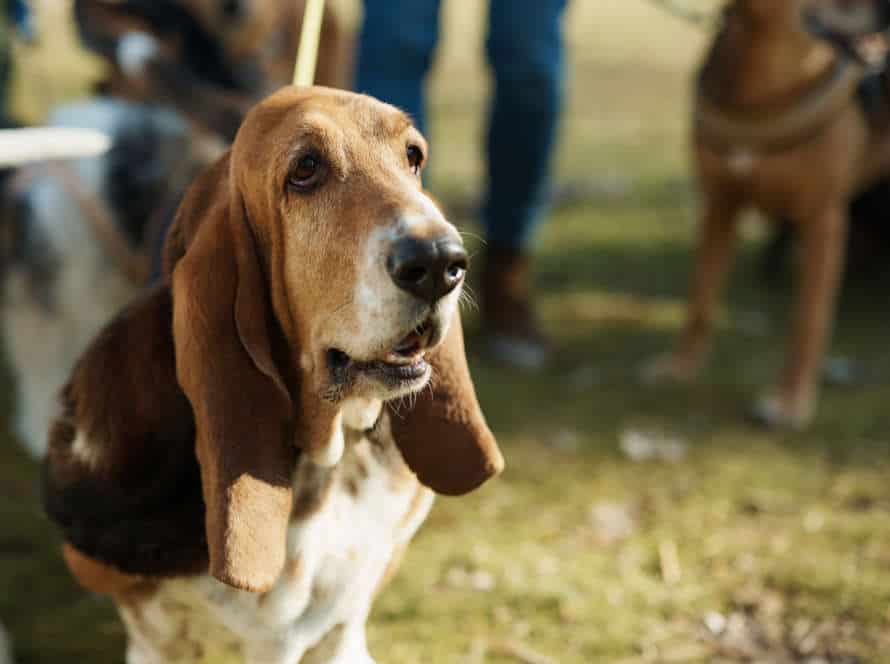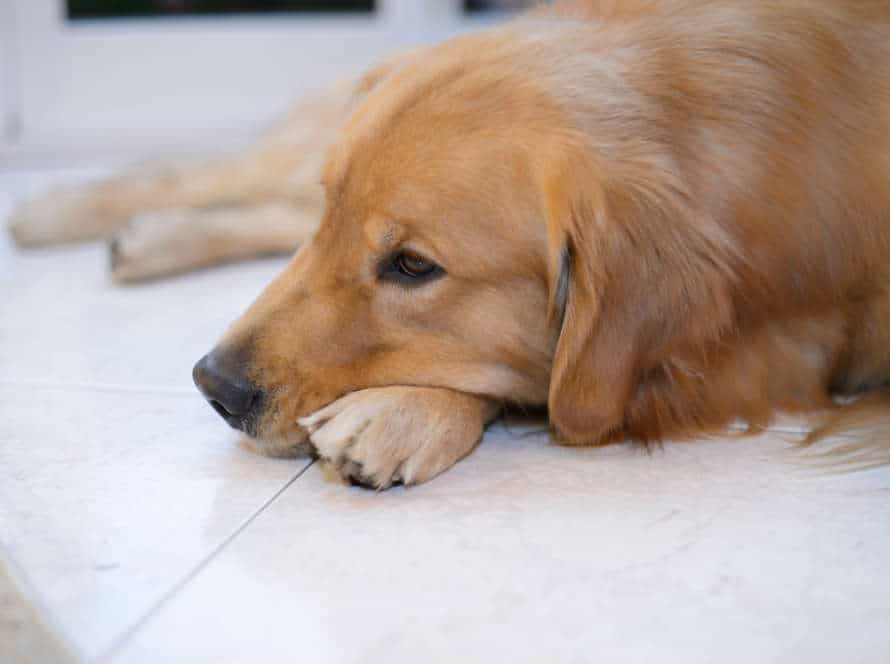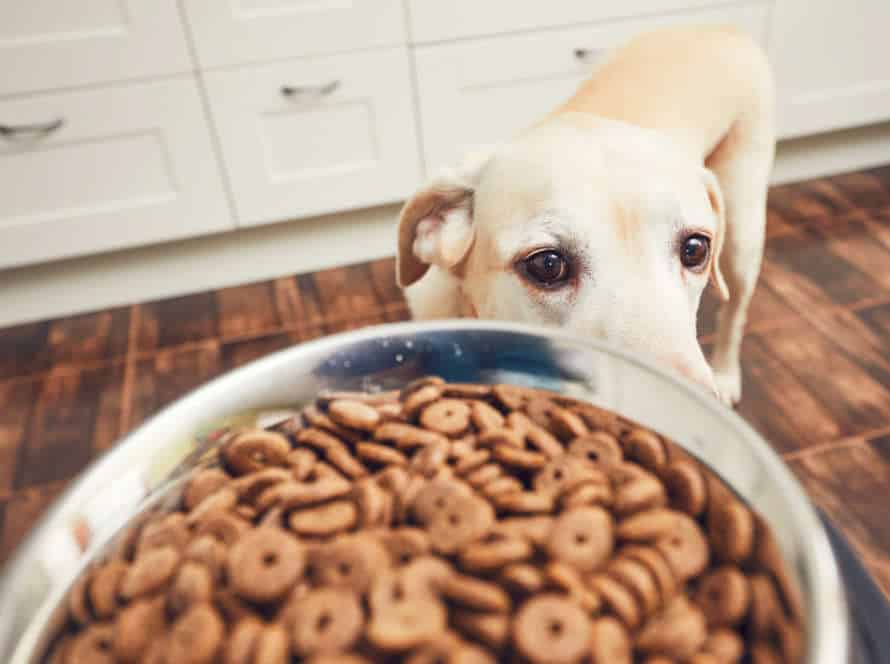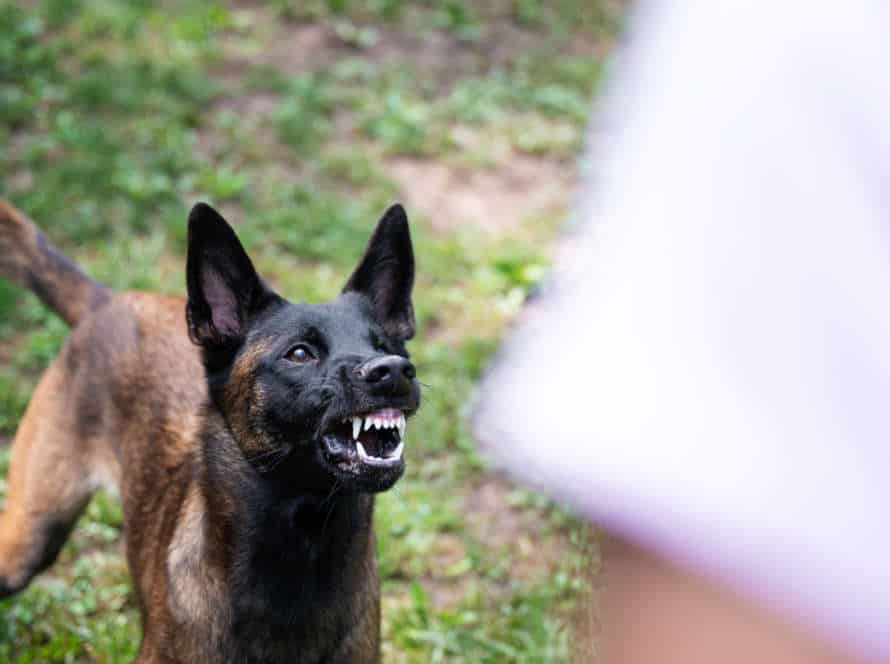Understanding the Importance of Teaching Your Puppy to Enjoy Alone Time
Teaching your pup to be independent is a must. If you don’t, they could suffer from anxiety and other behavior issues. It’s important to understand why this is necessary and how to teach them to like being alone. Let’s talk about it!
Why teaching your puppy to enjoy alone time is crucial
Training your pup to like lone time is essential for their overall health and to stop the growth of separation anxiety.
When pups get used to being with their owners all the time, they get too attached and reliant. This could lead to behavior problems like chewing, too much barking and even depression.
Here’s how you can teach your puppy to be comfortable when alone:
- Begin with brief durations of being apart and steadily extend it.
- Give your pup interactive toys to keep them busy – like treat-dispensing ones, chew toys and puzzle games.
- Make a special comfy and secure spot for your pup to relax in when you’re not around.
- Practice entering and leaving the house quietly to show your pup that leaving isn’t anything to be scared of.
Consistency is important, and with patience and time, your pup will learn to be alone and be more confident.
When is the right time to teach your puppy to be alone
Training your pup to be alone is vital for their growth. Knowing when to begin is just as essential.
Pups are most teachable between 7 to 16 weeks so start early! If you don’t begin before 6 months, they may have separation anxiety, which is hard to undo.
Here are some tips to help:
- Begin by leaving them alone for 5 minutes, then increase the time.
- Create a safe place with toys and a bed.
- Keep your arrivals and departures calm to stop your pup from getting too excited or sad.
Each pup is different so be patient and keep going. Before you know it, your puppy will ace being alone!
What to do if your puppy has separation anxiety
If your pup has separation anxiety, it’s key to grasp the value of teaching them to enjoy being alone. Here’s how to do it:
- Start small. Steadily build up the time of alone time. Be patient and reward good behaviour with treats and toys.
- Create a safe space. Try crate training. Make sure it’s the right size and comfortable.
- Have a consistent routine. Feed, walk and play with them at similar times each day.
Pro Tip: If the anxiety is intense, get help from a certified dog trainer or vet.
Preparing Your Home for Alone Time Training
Don’t disregard teaching your pup to enjoy alone time! It’s important for their wellbeing and contentment. Firstly, get your home ready. Creating a safe, comfy spot for them to chill when left solo is crucial. Let’s look at some ways to make sure your dwelling is prepped for alone time training.
Create a comfortable and safe space for your puppy
Creating the perfect spot for your puppy is key when teaching them to be alone. Here are some tips:
- Choose a quiet, safe place at home. It could be a room, a crate, or a playpen.
- Make sure the spot is free from danger and things to chew on. Keep all electric cords, sharp objects, and toxic items out of reach.
- Give your pup comfy bedding, toys, and water. This will help them feel relaxed and content in the area.
- Start with short times and increase how long your puppy spends in the spot.
- To make them feel secure, leave some clothing with your scent in their space.
By creating a safe and comfy space, you will help your puppy have a positive time while training to be alone.
Use toys and treats as distractions
Training your puppy to enjoy being alone can be tough. But, distractions like toys and treats can make it easier. Here’s what to do:
- Start by leaving your pup alone for a short time. Gradually increase the length of each session.
- Before leaving, give your pup a special toy or treat – something they only get during alone time. This helps them link being alone with good vibes.
- When you come back, reward your pup with praise and another treat. This reinforces good behavior.
- Consistently use positive reinforcement techniques to train your pup to enjoy being alone, and reduce anxiety.
Pro tip: Gradually increase the length of alone time, while continuing to use toys and treats as distractions. This will help your pup feel safe and secure.
Implement a consistent alone time routine
A consistent alone time routine is essential for teaching your pup to be relaxed when left at home. Here are some tips to make it happen:
- Begin by leaving your puppy alone for just a few minutes, and increase the time gradually.
- Provide a safe place like a crate or a specific area in your house.
- Give your pup a special toy or treat when you go, like a puzzle toy with treats or a chew toy.
- Don’t make a fuss when you leave or come back home, or it could worsen any anxiety your dog has.
- By consistently following your alone time routine, your pup will feel secure and content when left alone and prevent any anxious or destructive behaviour.
The Alone Time Training Process
Train your pup to like being alone! It’ll take some time, but it’s worth it. Start small and work up. Create a comforting space and give rewards. This article covers all the steps for alone time training.
- Start small and work your way up.
- Create a comforting space for your pup where they can feel safe and secure.
- Practice leaving your pup alone for short periods of time, gradually increasing the duration.
- Provide your pup with interactive toys and puzzles to keep them occupied while you’re away.
- Gradually increase the amount of freedom your pup has while you’re away.
- Give rewards and positive reinforcement for good behavior during alone time training.
Start with short periods of alone time
The Alone Time Training Process for puppies can be hard. But, start with short periods of alone time to help your pup learn to like being by themselves. Here’s how:
- Start short: Leave your puppy for a few minutes. Gradually increase the time as they become comfortable.
- Create a safe area: Give your pup a room or space where they can be alone and feel secure. Make sure that it has access to food, water, and toys.
- Leave quietly: When you have to leave, don’t make a fuss. Use a soft, reassuring tone.
- Reward good behavior: When your pup stays calm, give them treats or toys. This will help them learn to link alone time to positive experiences.
With patience and effort, your pup can learn to like alone time and become a happy and independent dog.
Gradually increase the duration of alone time
Teaching your pup to adore being alone is essential for its mental and emotional health. Raising the time spent alone gradually is the trick to success! Here’s a training process you can use:
- Start by leaving your pup alone for 5-10 mins per day. Give it toys, a snug spot to nap, and water.
- When your pup is comfortable with 5-10 mins of being alone, increase the time to 15-20 mins daily.
- Raise the time spent alone by 10-15 mins every couple of days or when your pup shows it’s ready for longer alone time.
Remember to reward your pup with treats and compliments for its progress, and always make sure to give it lots of love and care when you come back. Pro Tip: Start the training as early as possible to assist your pup in being comfortable with alone time from a young age.
Use positive reinforcement to encourage good behavior
Positive reinforcement is an effective way to teach your pup to love alone time. Start small and increase the duration over time. Reward them with treats and praise when they behave well. Give them a special toy or treat when you leave, to create a positive connection. Don’t punish them if they display anxious or destructive behaviour. With regular training, they’ll learn to link alone time to happy experiences.
Pro Tip: Patience and consistency are essential for puppy training. Start slow, and increase alone time duration gradually, so you don’t overwhelm your pup.
Troubleshooting Common Issues
When your pup is used to having a buddy, transitioning them to being solo can be tough. You need to demonstrate that being alone is alright, and you’ll return. Here, we’ll look at the usual concerns and figure out solutions.
What to do if your puppy barks or whines during alone time
Is your pup whining or barking during time alone? It could be a sign of fear or anxiety. Here are some tips for teaching your pup to like alone time:
- Start small. Begin with short periods of being alone, and gradually increase the duration as they get used to it.
- Create a calm atmosphere. Leave some relaxing music or white noise in the background to keep them soothed.
- Reward with treats and affection. Give rewards when they show calm behavior while alone.
- Make activities stimulating. Leave interactive toys or puzzle feeders to keep them occupied and mentally active.
- Get professional help. If the fear or anxiety persists, look for a dog trainer or behaviorist.
How to address destructive behavior during alone time
Pups often have destructive habits when they are solo. Pet owners must face this problem to keep their furry friend safe. Here are some tips to help the pup enjoy being alone:
- Start slow – Start with a few minutes and increase it little by little.
- Give them a comfy place – Provide a bed, toys, and water.
- Do positive reinforcement – Reward them when they act calm.
- Make sure they get exercise and playtime – This can cut down on anxiety and dullness.
- Get expert help – It is important to seek help from an experienced trainer or behavior specialist if the pup keeps having destructive behavior.
Each pup is different, so take a personalized approach. With patience, stability, and positive reinforcement, you can show the pup how to be alone and like it.
When to seek professional help for alone time training
Training a pup to be comfortable on its own takes time & patience. But if certain problems persist, you may need professional help. Here are signs that you should get a dog trainer/behaviorist:
- Your pup whines, barks, howls, or destroys stuff when left alone.
- It won’t eat, drink, or play when left alone, even for short periods.
- It shows aggression towards you/other pets when you try to leave.
- It shows signs of separation anxiety, like panting, pacing, drooling, or hurting itself.
Some of these issues can be solved with training, but others may require a pro. Tip: Don’t wait to ask for help if you’re stuck. It’s better to do it early!
Maintaining Good Habits
Train your pup to be okay with alone time! This is crucial for having good habits. It can help keep their energy in check and reduce stress for both of you. Also, it’ll help your pup be comfy around other people and animals. Teaching your pup good habits and to enjoy time alone will have major positive effects on both your relationship and their life.
Incorporating alone time into your puppy’s daily routine
Incorporating “me-time” into your pup’s day is essential. Here’s how:
- Start off small – just a few mins and gradually increase.
- Provide a secure spot e.g. crate or dedicated area, with bed, toys and water.
- Leave a treat or puzzle toy to keep pup occupied.
- Practice leaving and returning multiple times – make it a routine.
- Reward pup for good behaviour, like staying calm when left alone.
With patience and consistency, pup will learn to love alone time.
Addressing setbacks and continuing progress
Teaching your pup to be content alone is a crucial part of its growth. But it’s not always simple. To keep them calm and cheerful when you’re not around, continuously make progress and address any difficulties.
For your pup to adjust to being lone-ly, create a safe and comfy spot like a designated room or crate. Start with just a few minutes of alone time, and gradually increase it.
If there are problems, like destructive behavior or too much whining, take a step back and change the training approach to fit your pup’s needs. Be patient and consistent in your training. Reward good behavior, and don’t respond to bad behavior. Plus, when you’re together, give your pup lots of attention and exercise to reinforce positive habits.
With time and dedication, your pup can learn to appreciate alone time and be a content, independent companion.
Tip: To help address any behavioral issues and maintain good habits, consider enrolling your puppy in a training class or working with a professional trainer.
Tips for preventing future separation anxiety
Do you have a puppy with separation anxiety? No worries! There are ways to prevent it. Here’s what to do:
- Start leaving your pup alone for short periods. Give them a treat or toy to keep them distracted.
- Build a special space for them with toys, bedding, and water. This will make them feel secure.
- When reuniting, don’t make a big deal so they don’t get too excited.
- Don’t make a huge fuss when leaving or coming back.
- Set up a routine for feeding, playing, and potty breaks.
These tips will help your pup learn to be comfy by themselves. Plus, reward them for good behavior during alone time. That’ll boost their confidence and encourage good habits.
Frequently Asked Questions
Q: Why is it important to teach my puppy to enjoy alone time?
A: Teaching your puppy to enjoy alone time is important for their overall well-being and helps prevent separation anxiety. It also teaches them independence and helps them to feel comfortable when you’re not around.
Q: How do I start teaching my puppy to enjoy alone time?
A: Start by leaving your puppy alone for short periods of time and gradually increasing the duration. Provide them with toys and treats to keep them occupied and make sure they have a comfortable space to relax in.
Q: How do I know if my puppy is experiencing separation anxiety?
A: Signs of separation anxiety in puppies include excessive barking or whining, destructive behavior, and accidents in the house. If you suspect your puppy is experiencing separation anxiety, consult with a veterinarian or professional dog trainer for guidance.
Q: Can I use crate training to help with teaching my puppy to enjoy alone time?
A: Yes, crate training can be an effective tool for teaching your puppy to enjoy alone time. Make sure the crate is a comfortable space for them with plenty of toys and treats, and gradually increase the amount of time they spend in the crate alone.
Q: Should I leave the radio or TV on for my puppy when I’m not home?
A: Leaving the radio or TV on can provide comfort to some puppies, but it is not necessary. If you do choose to leave it on, keep the volume low and choose calming music or programming to help soothe your puppy.
Q: Are there any breeds that are more prone to separation anxiety?
A: Yes, some breeds such as Labrador Retrievers, German Shepherds, and Border Collies are more prone to separation anxiety. However, any breed can develop separation anxiety if not properly trained and socialized.

